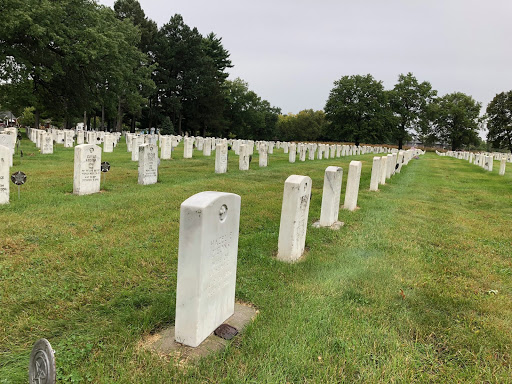For none of us lives to himself, and none of us dies to himself. For if we live, we live to the Lord, and if we die, we die to the Lord. So then, whether we live or whether we die, we are the Lord’s. – Romans 14:7-8
Sometimes getting lost leads you to the right place. And on a rainy Friday afternoon, I ended up at Glendale Cemetery off University Avenue in Des Moines, Iowa. I initially drove right by the cemetery, but I circled back after passing it. The enormity of the cemetery and rows of headstones seemed to compel me to go back. I was not looking to engage myself in a morbid experience, but I did want to think deeply about life, and death. The author of Ecclesiastes, Solomon, bluntly states, “There is a time for everything, and a season for every activity under heaven: a time to be born and a time to die. . . (Ecclesiastes 3:1). And as I was walking among the dead, I began to think about my death, and what I was doing to prepare myself in life for death.
There is life, and then there is Life
Walking through row upon row of headstones isn’t eerie, but thought-provoking. Each headstone represents a life. It is typical that a headstone has a birth date and an end date. And in between the two dates is a dash. The dash represents days, weeks, years, moments, and choices made through life. It is the dash that people remember. It is the dash in which we are judged. The dash represents life. The dash necessitates the question, what did each person live for? What am I living for?.
The answer to the question is more numerous than the headstones at the cemetery. Some people live for money, prestige, and power. Some people are pursuing the American Dream. Others want to be a good person who lives a good life. And of course, people live for a combination of factors. If you ask the question to twenty people walking around the Des Moine metro, you will likely receive twenty answers. And all of the responses have the same problem. They are temporal, shallow, and do not provide true life. Go ahead. Try to make money your source of happiness and life. The money will fail you. Along with the long-awaited job promotion. Or that shiny new object that just came in the mail from Amazon. In other words, you can live without finding true life. The right, and only answer, to our question is found in Philippians when the apostle Paul says, “For to me to live is Christ, and to die is gain.” Paul’s statement signals an important, and life-changing idea. If he is going to live on the earth, it is going to be all about Jesus. Why? Because it is only in Christ where true life is found. The Gospel of John says, “Then Jesus again spoke to them, saying, ‘I am the Light of the world; he who follows Me will not walk in the darkness, but will have the Light of life.’”
If it is true that living for Jesus is what this life is all about, then what about death? What about the second date that exists on the headstone?
There is death, and then there is Life
The beauty of the gospel of Jesus Christ is that earthly life is just the beginning. The second date on the gravestone does not need to be the end. If a person has faith in Jesus and lives for Jesus in the dash, then there is hope to come. There is a better home to come. And that’s what when through my mind as I walked throughout the cemetery. How would you live differently in the dash if you knew that death leads to eternal life with Jesus? All of a sudden Paul’s statement in Philippians 1 makes sense. Paul was not worried about his death. He looked forward to heaven! 1 John 5:11 says, “And this is the testimony: God has given us eternal life, and this life is in his Son.”
In sum, walking among the dead is an excellent reminder of what is most important in this life. And while you live in the dash you need to be living for and abiding in Jesus Christ. He is the one who provides lasting happiness and hope.




